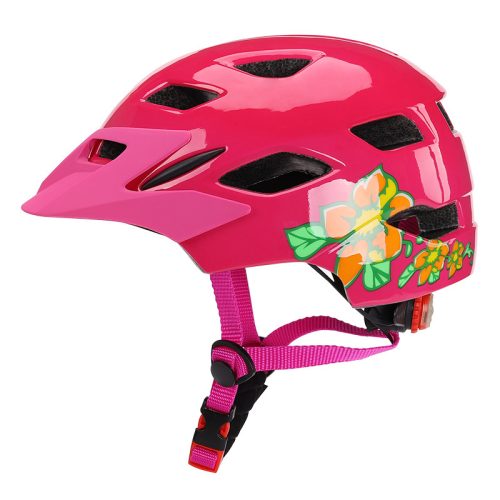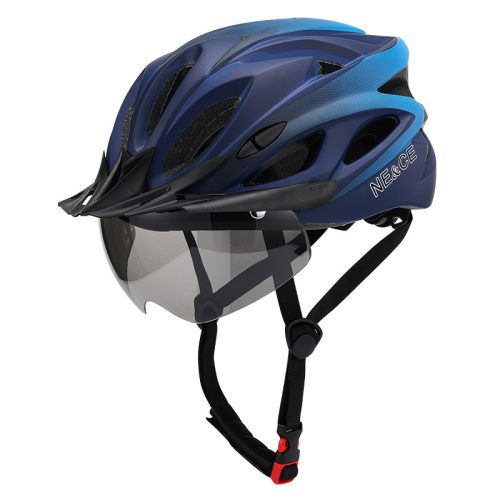Properly fitting your bike helmet is crucial for your safety. Here’s a step-by-step guide on how to ensure a secure and comfortable fit:
- Choose the Right Size: Start by selecting a helmet in the correct size. Measure the circumference of your head just above your eyebrows to determine your size. Refer to the manufacturer’s sizing chart to find the appropriate size range for your head measurement.
- Adjust the Straps: Before you put on the helmet, open the chin straps and any other retention systems on the helmet, like an adjustable fit dial or a rear stabilizer.
- Position the Helmet: Place the helmet on your head, ensuring it sits level, covering the top of your forehead without tilting backward or forward. You should have a clear line of sight without the helmet obstructing your vision.
- Adjust the Side Straps: Adjust the side straps so that they form a “Y” shape under your ears. The straps should be adjusted to be snug but not overly tight. There should be no slack, and the straps should sit flat against your head.
- Buckle the Chin Strap: Fasten the chin strap and make sure it’s snug but not overly tight. It should be comfortably secure under your chin, and you should be able to open your mouth without feeling constrained.
- Secure the Retention System: If your helmet has an adjustable fit system, such as a dial at the back, tighten it until the helmet fits snugly on your head. This system helps fine-tune the fit for added comfort and stability.
- Check for Stability: After securing the chin strap and any other adjustment features, shake your head gently from side to side and front to back. Your helmet should remain stable and not wobble or shift. If it does, readjust the straps and fit until it’s secure.
- Comfort and Fit Check: Make sure the helmet feels snug but not overly tight. It should sit comfortably on your head without any pressure points. The padding inside the helmet should provide a cushioned, secure feel.
- Visor Adjustment: If your helmet has a visor, adjust it so that it provides shade and protection from the sun without obstructing your vision.
- Final Inspection: Examine your helmet to ensure that it’s level, secure, and properly adjusted. Confirm that the chin strap is fastened and snug.
- Go for a Test Ride: Before setting off on your bike, do a quick test ride to ensure the helmet remains stable and comfortable while you’re in motion.
- Regularly Check and Adjust: Periodically check the fit of your helmet. As you wear it over time, straps and fit systems may need occasional adjustments.
Properly fitting your bike helmet is essential for ensuring it can effectively protect your head in the event of a fall or accident. A snug and comfortable fit is key to maximizing the helmet’s safety features. If you ever find your helmet damaged or it doesn’t fit securely, it’s essential to replace it to maintain your safety on the road.


